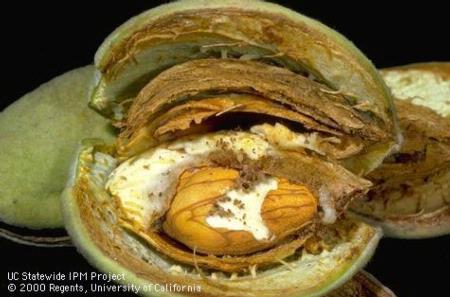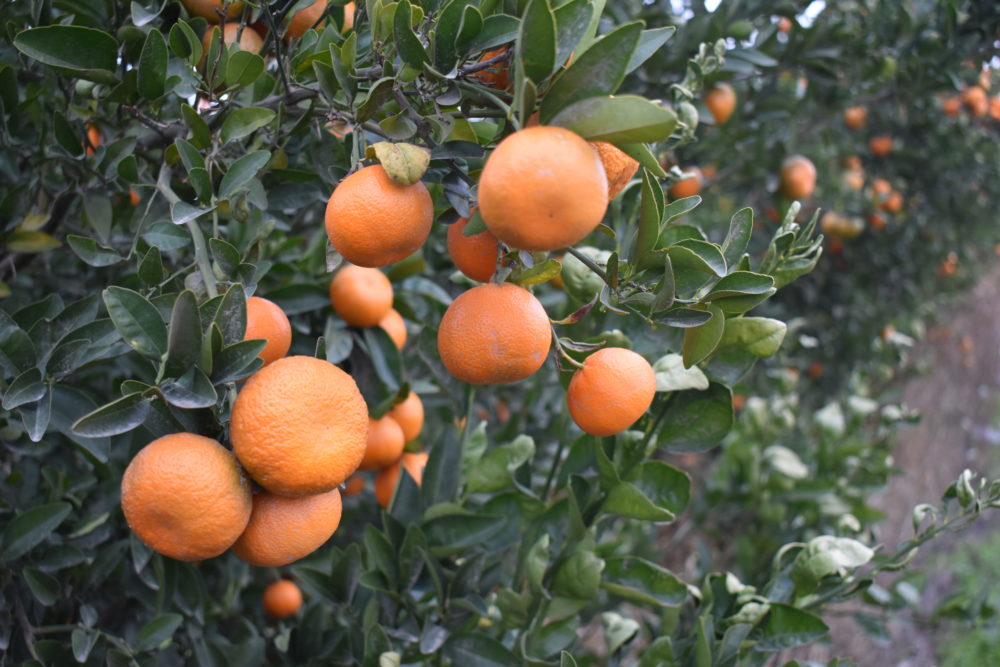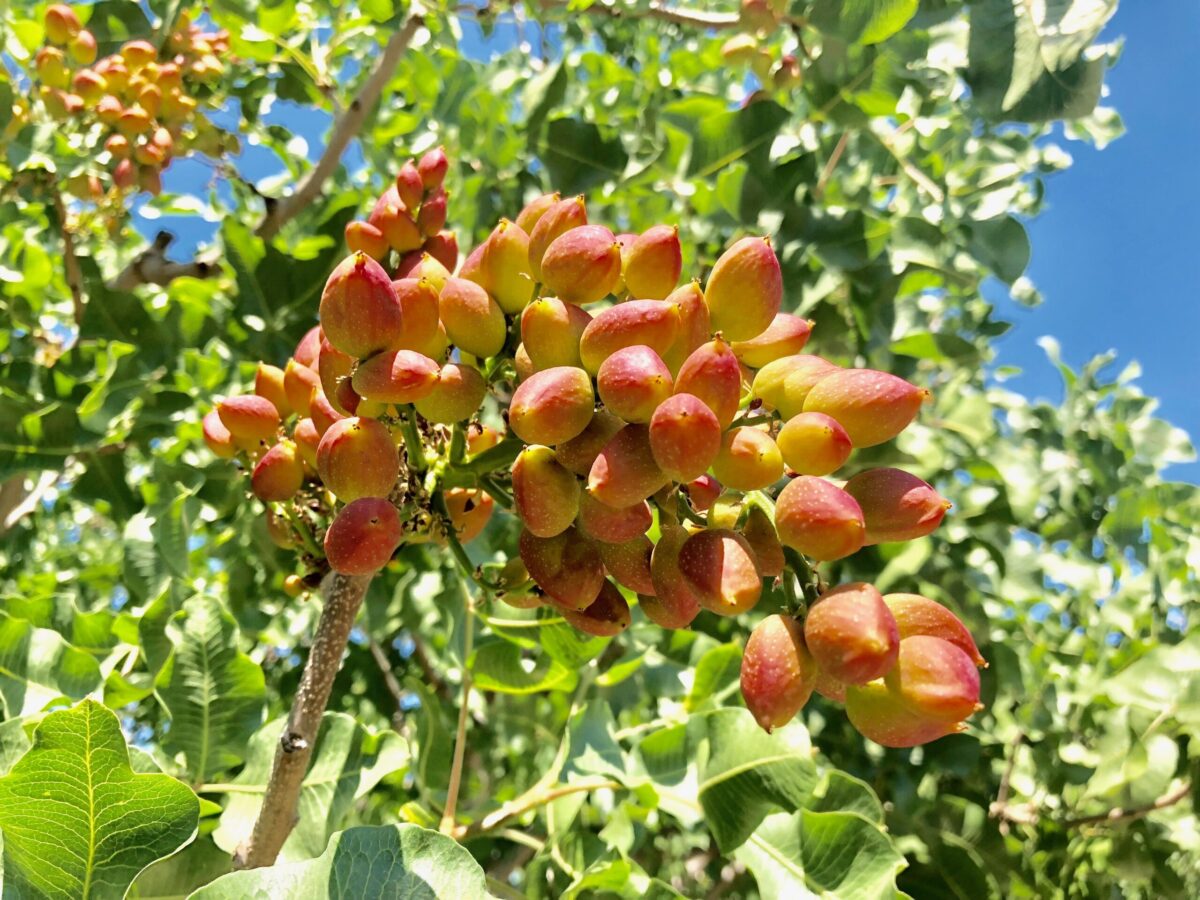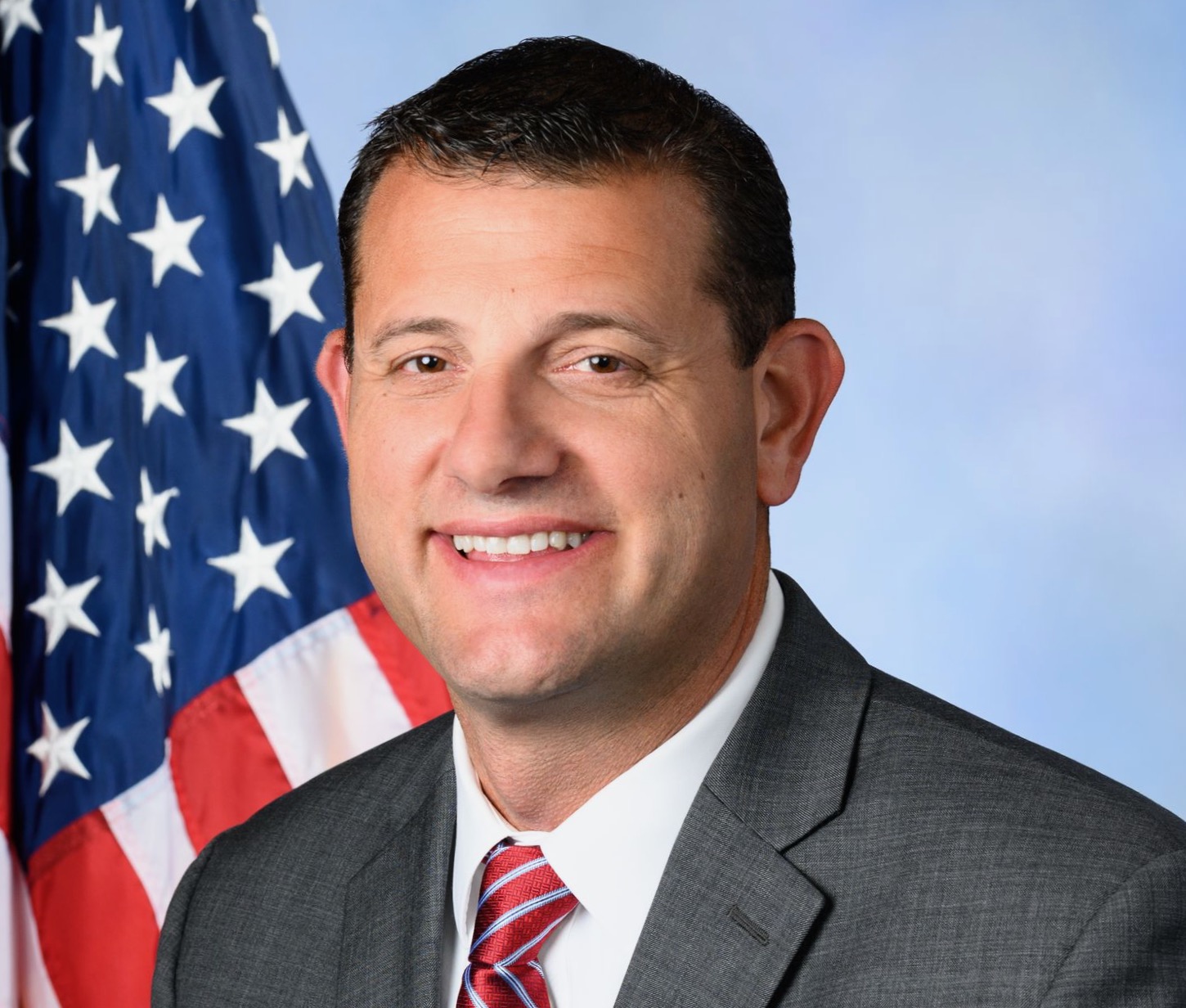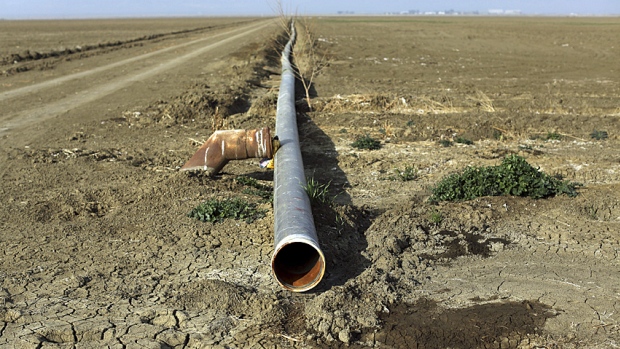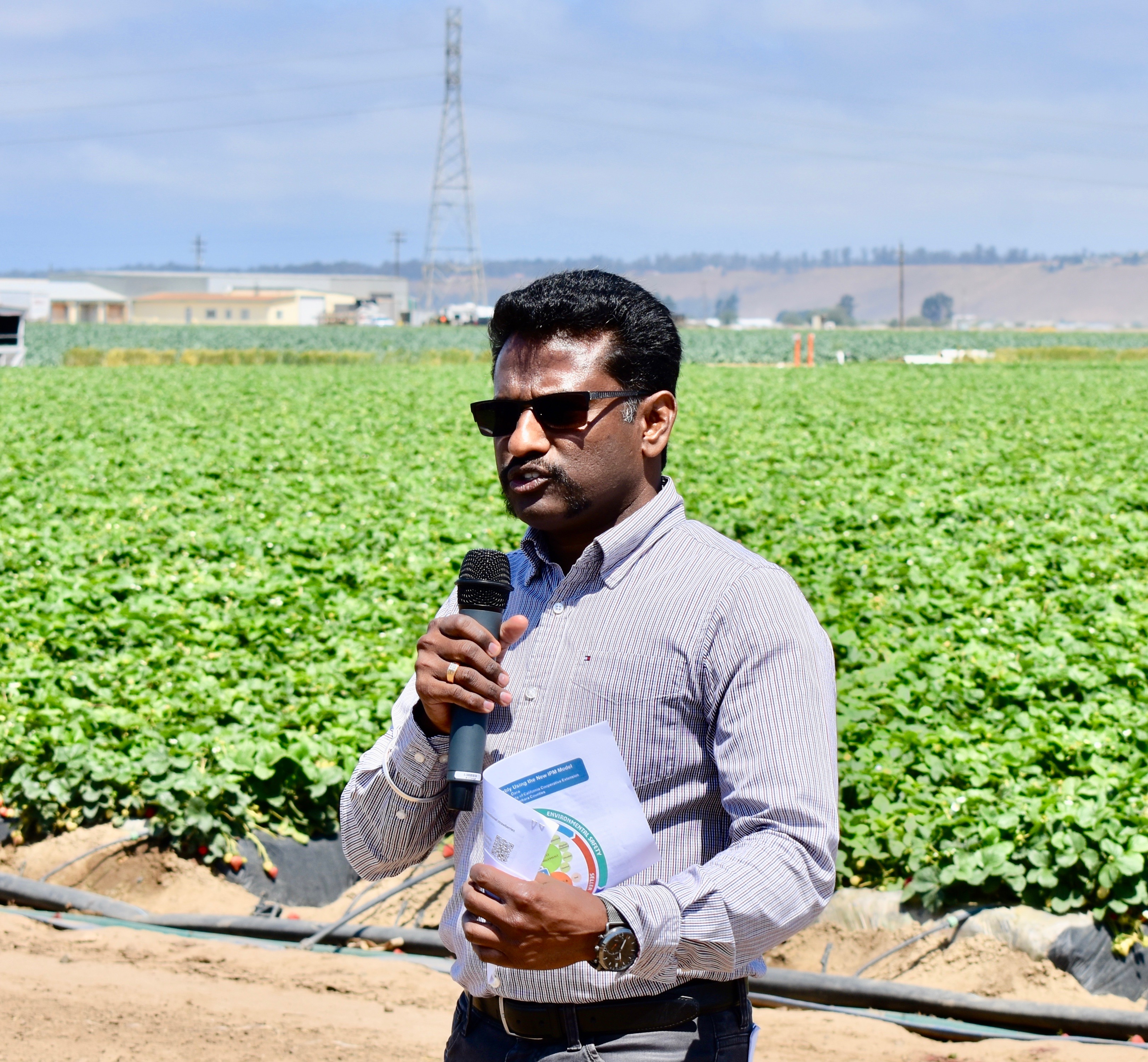Navel Orangeworm Research Funding Hopefully Continues
Navel Orangeworm Research Close to Approval
The U.S. House Committee on Appropriations approved the Navel Orangeworm (NOW project) at $8.1 million for FY 2022. If Congress approves the FY 2022 appropriation, it will have provided a total of $22.2 million in research funds for the purpose of limiting the damage being caused by the navel orangeworm. APG and the Navel Orangeworm Action Committee submitted FY 2022 appropriation requests to the appropriate congressional offices and are actively engaging policymakers on the necessity of continued funding.
The FY2021 funding expires on September 30, 2021; there is already discussion of a continuing resolution to maintain government funding while FY2022 appropriations bills are negotiated and finalized. The Senate Appropriations Committee has not announced a schedule to approve its versions of the FY2022 funding bills.
The Animal and Plant Health Inspection Service (APHIS) has used the appropriated funds to produce the sterile moths but the science has not kept pace with the program. Recently, APG organized a Zoom meeting with APHIS, Agriculture Research Service (ARS), USDA, and the NOW Action Committee to increase the role of ARS scientists in the NOW project. Progress is being made. Bob Klein, Ph.D. Manager, California Pistachio Research Board, has been intimately involved in the program.

